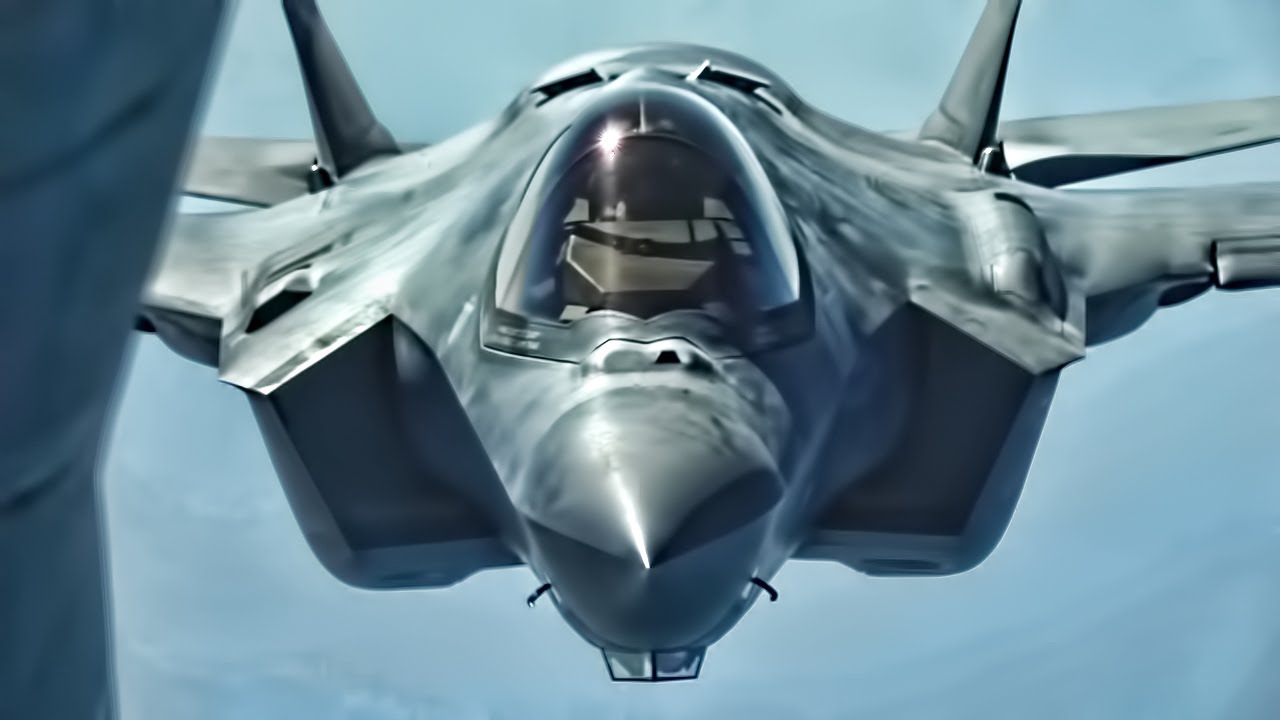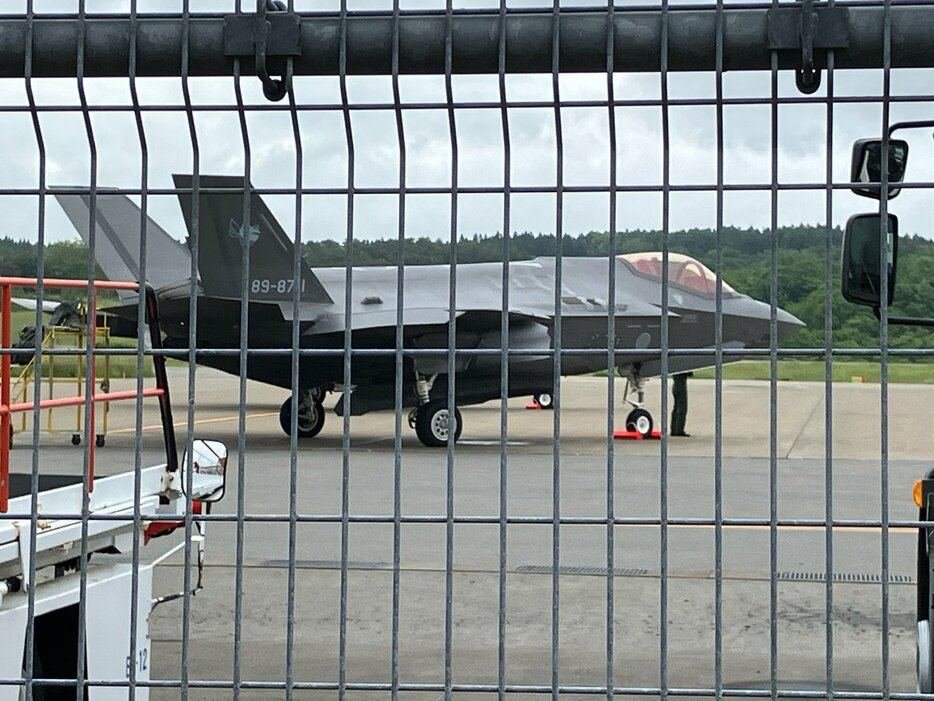On May 3, two F-35A stealth fighters from Japan’s Air Self-Defense Force made emergency landings at Aomori Airport in northern Japan. The emergency was prompted by a “mechanical issue” in one aircraft.
The jets, part of a training mission from Misawa Air Base, landed safely at Aomori Airport after one developed an unspecified mechanical problem, leading to an emergency landing request. The first plane landed at 8:46 a.m., followed by the second at 8:56 a.m., according to the Aomori Prefectural Port and Airport Division.
The emergency landing caused a brief closure of the airport’s runway, disrupting operations for about 20 minutes before normal activities resumed. As a result, two Japan Airlines flights were delayed by over 30 minutes: one from Osaka to Aomori and another from Aomori to Osaka.
Japan’s Air Self-Defense Force has not provided detailed information about the mechanical issue. Officials from Misawa Air Base said they were investigating the cause of the incident. The event resulted in no injuries or damage, according to local officials.
Misawa Air Base, jointly used by the United States Air Force and Navy, accommodates Japanese and American troops, including the Air Force’s 35th Fighter Wing. Additionally, Japanese F-35s are stationed at Komatsu Air Base and Nyutabaru Air Base.
AfriPrime App link: Absolutely risk free and FREE for download...
https://www.amazon.com/Africircle-AfriPrime/dp/B0D2M3F2JT
This incident in Japan follows the recent F-35B crash in New Mexico, USA, on May 28. The aircraft crashed outside the Albuquerque International Sunport/Kirtland Air Force Base perimeter.
This crash was the latest in a string of incidents involving F-35 jets. It has led to increased scrutiny about the safety and reliability of these advanced fighters. According to media reports, citing Aviation Safety Network, there have been 10 F-35 crashes since 2018.
These incidents also come when the Pentagon is testing crucial F-35 capabilities, including the TR-3 hardware and software upgrade. The Pentagon faces mounting pressure to address these issues promptly to ensure the safety and effectiveness of the fleet.
About 75 TR-3 jets, featuring upgraded cockpit displays, a significantly enhanced processor, and new software, have been assembled but are currently in storage.
They await the completion of TR-3 testing or a decision by the JPO (Joint Program Office) to authorize their operation with a “truncated” version of the TR-3 software. Lockheed has indicated that clearance for TR-3 jets to fly was not anticipated until the third quarter of this year.
Meanwhile, the emergency landing of F-35s follows incidents involving flight training conducted by Japan’s military. During a night-time drill, two Japanese navy SH-60K Seahawk helicopters collided while a C-2 transport aircraft made an emergency landing due to a malfunction in the cockpit window.
AfriPrime App link: Absolutely risk free and FREE for download...
https://www.amazon.com/Africircle-AfriPrime/dp/B0D2M3F2JT
Japan’s F-35 fleet
Japan is on course to become one of the leading operators of F-35 stealth fighter jets outside the United States. It has plans to procure 127 aircraft. This acquisition includes 105 F-35A Conventional Take Off and Landing (CTOL) jets and up to 42 F-35B Short Take-Off and Vertical Landing (STOVL) variants.
The Japanese government’s journey towards bolstering its air force capabilities with F-35s began in December 2011, when it initially opted for 42 conventional take-off and landing (CTOL) variants.

However, this commitment expanded significantly in December 2018, when plans were laid out to acquire 147 Lightning IIs, comprising the additional procurement of 105 jets.
The approval of Japan’s Medium Term Defense Program in 2020, encompassing 105 F-35As and 42 F-35Bs, marked a crucial milestone in this ambitious endeavor.
With its initial batch of F-35Bs expected to arrive in 2025, Japan has plans to deploy these aircraft from at least one of its Izumo class helicopter carriers. This strategic move is poised to enhance Japan’s regional presence, particularly amidst escalating tensions in the South China Sea.
Notably, this deployment would signify Japan’s return to operating operational aircraft carriers capable of fixed-wing operations, a capability last seen in 1945.
Beyond procurement, Japan holds a key stake in the F-35 program’s industrial aspect. Mitsubishi Heavy Industries (MHI) operates a Final Assembly and Check Out (FACO) facility in Nagoya-Komaki, where F-35As for the Japan Air Self-Defense Force (JASDF) are assembled from globally sourced parts.
Additionally, Japan has forged partnerships with the United Kingdom and Italy to develop the next-generation fighter aircraft, known as the Tempest or Global Combat Air Program, following previous solo efforts with the Mitsubishi F-X.
AfriPrime App link: Absolutely risk free and FREE for download...



